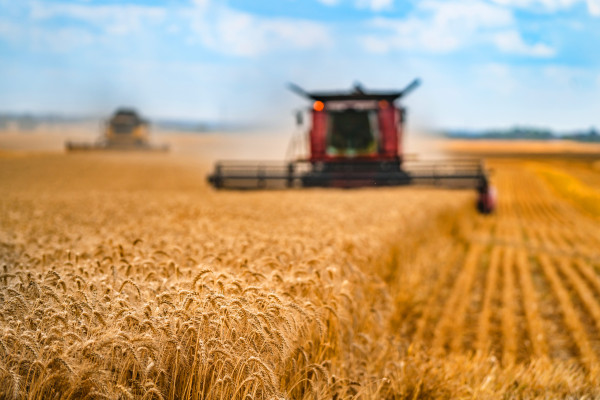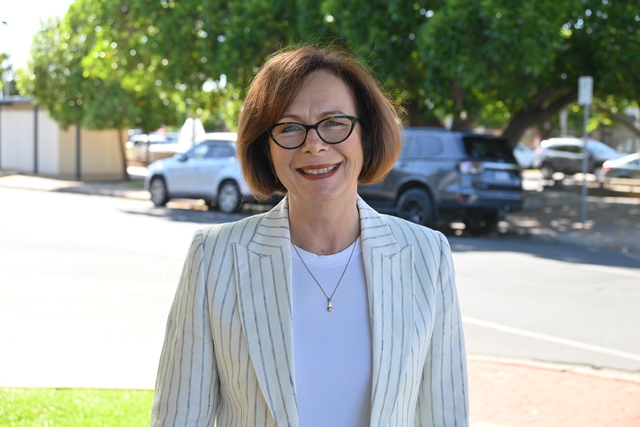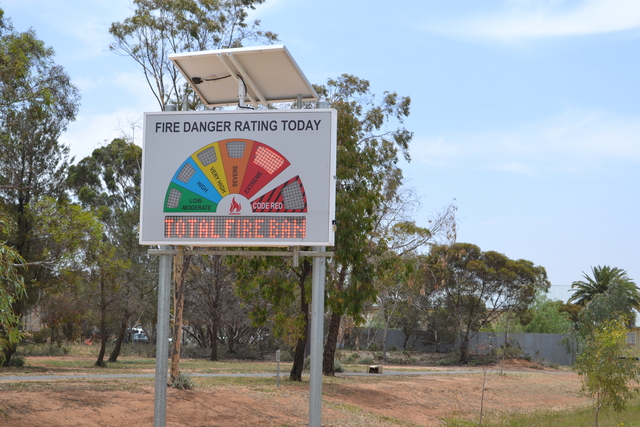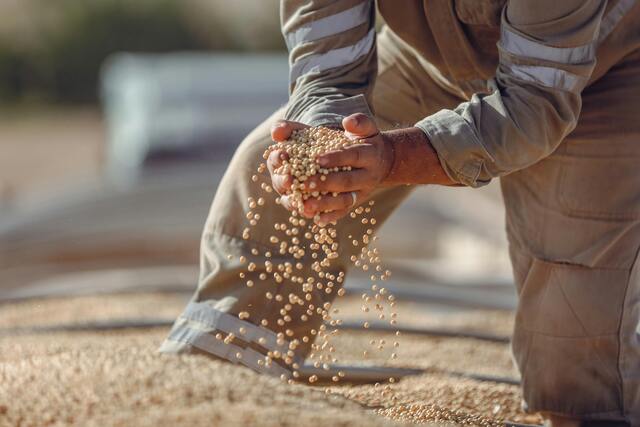MALLEE farmland values have recorded the first decline in a decade with sale volumes reaching an all time low in 2024.
According to the Bendigo Bank Agribusiness Australian Farmland Values report, the Mallee region recorded a modest 1.2 per cent decline in median price per hectare last year, slipping to $5769/ha, following a 28.5 per cent increase in the previous 12 months.
The 2023 growth was the ninth consecutive year-on-year increase for the region resulting in a four-year acceleration in growth at 173 per cent.
The region experienced average to below average seasonal conditions throughout 2024, with most big property owners not enticed to sell.
While farmland values declined for the first time in the Mallee since 2014, the median price per hectare is still the second highest on record.
Transaction volumes in the Mallee region fell 32.3 per cent in 2024, the largest decline of all regions and the lowest sale volume on record; substantially lower than the five-year average of 96 and 10-year average of 103.
The Mallee accounted for the lowest total proportion of sales across the state at just 4.9 per cent, behind South and West Gippsland and East Gippsland, at 9.2 and 9.1 per cent respectively.
The Mallee region also saw a greater proportion of total transaction volume fall into the $3000-$4000/ha range and into the $4000-$5000/ha price range, which contributed to where the median price per hectare moved during 2024.
Declines in transaction volume in the higher price bracket of $5000+ and the lower price bracket of $1000-$2000/ha almost offset each other, leaving the median price per hectare largely dictated by medium price transactions and minimal movement overall.
Farmland values in the Mildura local government area remain the lowest in the state at $2574/ha compared to other Mallee LGAs of Swan Hill ($5013/ha) and Buloke ($7407/ha).
Across Victoria, the shift in median price per hectare of farmland was mixed in 2024.
Decline at a region level was led by the Ovens Murray area which fell just under 22 per cent, while a strong decrease in median was also recorded in the Wimmera region.
Modest declines were also seen in East Gippsland and South and West Gippsland, Mallee and South West regions.
In contrast, the Central and Goulburn regions recorded growth in their median price per hectare.
Bendigo Bank industry affairs senior manager Neil Burgess said the broad slowdown in farmland price growth was observed across regions that were impacted by the dry conditions during the year.
“While farmland remains a desirable asset, the pace of growth remains constrained, having plateaued since 2023,” he said.
“This second consecutive year of moderate growth follows the unprecedented lift in the Australian farmland market throughout 2019-2022.
“Elevated interest rates remained a constant and continued to provide a significant headwind to demand, however; seasonal conditions were more mixed with favourable weather in northern states contrasting with a significant lack of rainfall in southern regions.”
Mr Burgess said that while supportive, interest rate cuts throughout 2025 are unlikely to drive a widespread resurgence in demand.
“While farmland availability remains tight, the mixed seasonal conditions across the country combined with ongoing uncertainty surrounding global trade and commodity markets are expected to limit the prospect of substantial growth in 2025 with values expected to continue to see moderate growth across the year,” he said.







